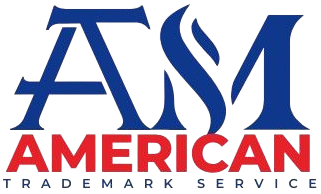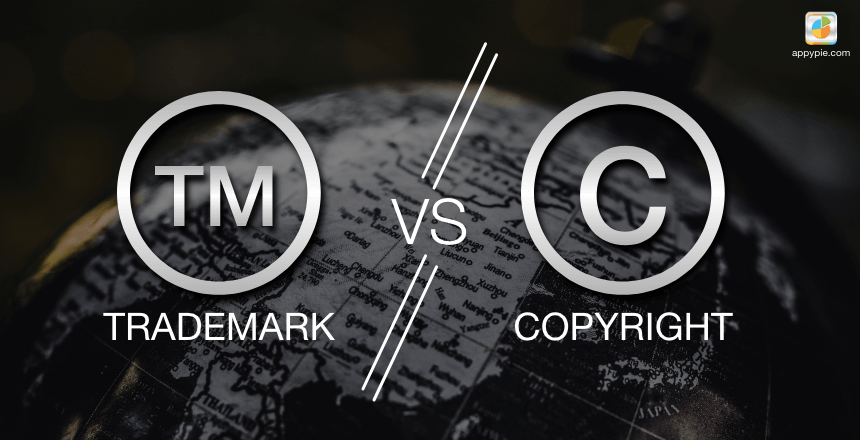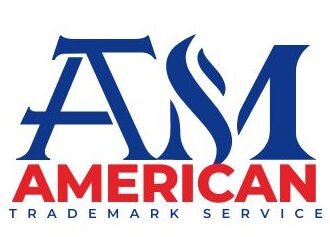Understanding the Landscape of Intellectual Property
In today’s innovation-driven world, intellectual property is among the most valuable assets a business can own. Yet many entrepreneurs and even seasoned business owners struggle to distinguish between trademarks, copyrights, and patents. This confusion can lead to serious legal and financial setbacks, especially when businesses fail to secure the correct type of protection for their work.
Understanding the difference between these three areas of intellectual property is fundamental for safeguarding your brand, content, and inventions. Each serves a unique legal purpose and protects distinct types of creations. Failing to understand these differences can leave your business exposed or worse, unintentionally infringing on someone else rights.
What is a Trademark?
A trademark is a recognizable sign, word, logo, or symbol that identifies and distinguishes the source of goods or services. Trademarks exist to protect a brand’s identity and ensure that consumers are not misled about the origin of a product. Think of Nike’s swoosh, Apple’s logo, or the phrase “Just Do It.” These are all trademarked identifiers.
Trademark rights arise from actual use in commerce, but federal registration through the United States Patent and Trademark Office (USPTO) offers nationwide protection, legal presumption of ownership, and access to enforcement mechanisms such as federal courts or U.S. Customs and Border Protection.
What is Copyright?
A copyright, on the other hand, protects original works of authorship such as literature, music, photography, video, artwork, websites, and software code. It does not protect ideas themselves, but the tangible expression of those ideas. For example, if you write an original article, record a song, or shoot a video, you automatically hold the copyright.
Registration with the U.S. Copyright Office is not required, but it provides legal advantages in case of infringement, such as eligibility for statutory damages and attorney fees. It’s worth noting that copyright lasts far longer than trademark protection generally, the life of the author plus 70 years.
What is a Patent?
A patent protects new inventions or discoveries. This includes machines, manufacturing processes, chemical compositions, and certain designs. Patents are granted by the USPTO after a rigorous examination process. They give inventors the exclusive right to make, use, or sell the invention for a limited time usually 20 years for utility patents.
Patents are by far the most complex form of intellectual property to secure. They require a detailed legal and technical application, which often includes drawings, prototypes, and claims. While the process is demanding and expensive, the rewards can be significant, particularly for businesses developing proprietary technologies.
So, how do you know which form of protection you need? Let’s consider a few practical examples:
- You’ve developed a brand name and logo: You need a trademark.
- You wrote original website content and recorded a promotional video: You need copyright protection.
- You designed a revolutionary wearable fitness device: You’ll need a patent.
Many businesses will need more than one type of protection. A tech startup, for example, might patent its software algorithm, trademark its brand name, and copyright its app interface and documentation. Using all three protections in tandem ensures a holistic legal defense.
It’s also important to understand what each right does not cover. Trademarks do not protect inventions or written works. Copyrights do not cover ideas, procedures, or brand identifiers. Patents do not protect names, logos, or artistic works. Filing the wrong type of protection wastes time and money and can put your business at legal risk.
Common mistakes arise when businesses assume one form of IP covers all. For instance, using © next to a logo does not provide trademark protection. Or attempting to patent something that only qualifies for copyright can result in a rejected application.
The cost of failing to protect your IP properly can be significant. Without the correct rights, others can copy your work, dilute your brand, or even sue you for infringing on their IP. With IP theft and counterfeiting on the rise particularly in digital marketplaces it’s more important than ever to secure your assets.
Beyond protection, registering intellectual property also adds value to your business. Investors and potential buyers look for companies with well-defined IP portfolios. It demonstrates professionalism, risk management, and long-term strategic planning. In many industries, it’s also a competitive requirement. Having IP rights can determine whether you’re eligible for licensing, distribution, or platform access.
International business presents another layer of complexity. Trademarks, copyrights, and patents are territorial. That means a U.S. registration doesn’t automatically protect you abroad. Fortunately, international treaties like the Madrid Protocol (for trademarks) and Berne Convention (for copyrights) streamline protection across borders.
If your business is growing globally or plans to you’ll need to consult with an intellectual property attorney to plan your strategy. They can help identify which assets need protection, in which countries, and through which processes.
Finally, while online services and DIY filing platforms may seem cost-effective, they often lack the legal depth and accuracy required to navigate IP laws correctly. An intellectual property attorney ensures that your rights are valid, enforceable, and aligned with your business goals.





